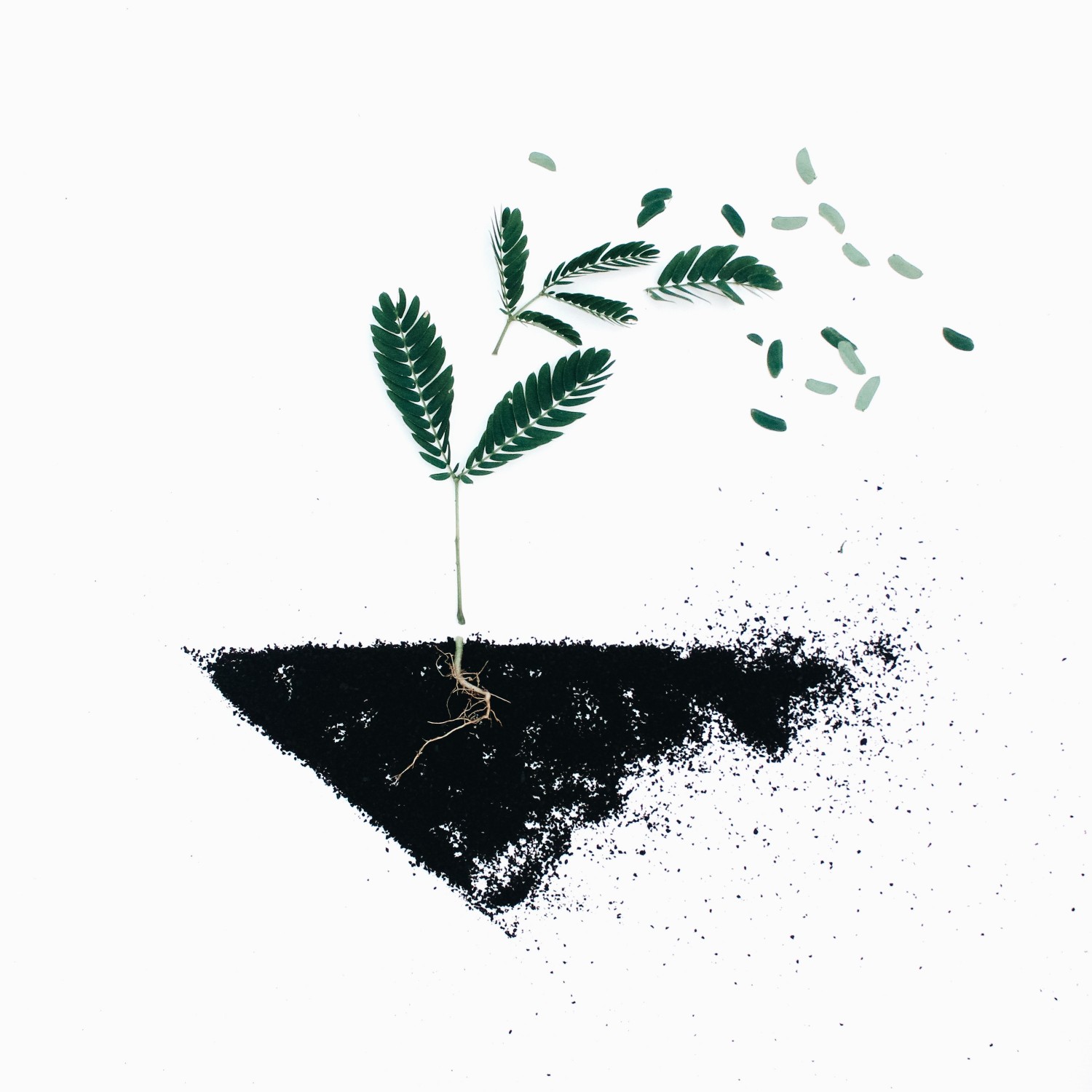Let’s Save Seeds!
By Jane Seeley
Up until about a century ago, farmers and gardeners saved the seeds from their garden for next year’s garden and to trade with family and friends. This was before seed companies became popular and with them came seed breeders who cross pollinated plants to bring out specific traits like bigger vegetables, disease resistance, larger crops and stronger plants. These cross bred plants produce hybrid seeds, commonly called F1 meaning they are the result of a first cross. These seeds, not to be confused with GMO seeds, produce many wonderful fruits and vegetables in our garden that can be found in most grocery stores around the world. However, because these fruits and vegetables are from hybrid seeds, you cannot save their seeds and must purchase new seed each year.
Many of us have had that random squash plant grow in our compost pile and it may result in a vegetable that we have never seen before, perhaps an elongated orange pumpkini or zumpkin, the resulting cross of two squash plants that were in the garden. This is because squash are outbreeding plants that readily cross pollinate with each other, resulting in genetically different strains that will become evident if you plant the seeds from the vegetable of the crossed plant.
Heirloom plants have been grown for generations and remain true to the parent plant. They will breed true to themselves if precautions are taken where necessary to prevent cross pollination. Heirloom plants that have withstood the test of time have great flavor, good garden perseverance, and sometimes like specific environments. Over the years, many of these great varieties that our grandparents and great-grandparents grew have been lost to time, cross pollination and and the lack of persevering seed savers.
However, in the interest of saving the genetic diversity, creating community self-reliance, saving money, and creating new varieties adapted to your own growing conditions and tastes, learning how to save seeds is essential and fun. Certain seeds like tomatoes, lettuce, beans and peas are easy seeds for beginners to start with because, while they are open-pollinated varieties that breed true to themselves, they mostly self-pollinate and only need to be separated from other varieties by 20-30 feet for genetic preservation.
So if this interests you, if you grow a garden and would like to save some seeds or just want to learn more, you are welcome to attend a Seed Swap & Seed Saving Class to be held at the Mount Shasta Library at 515 East Alma, Mount Shasta on Monday March 12 at 7pm. I will be co-hosting with Kate O’Brien-Mann of Homeward Bounty Farms in Greneda . You may know her from the Farmer’s Market and she is a passionate seed saver as well. Contact us at seedsaver@nctv.com if you have any questions.
Learn which seeds are easy to save, which are hard and the difference between the dry and wet method of saving seeds. We will host a round table discussion and hold a seed swap. Think about what vegetable(s) you would like to grow for seed. With cross pollination, if we each select a variety to grow, we will have lots of varieties to share with each other, produce and seed alike. Bring your seeds if you have any and bring your ideas and friends so we can promote seed saving and sustainability for our community and discuss the possibility of creating a seed library.
Jane Seeley is a gardener, photographer and writer who has lived and gardened in Mt. Shasta for over 20 years. Since retiring from owing a business, she now has more time to devote to her garden and seed saving.

